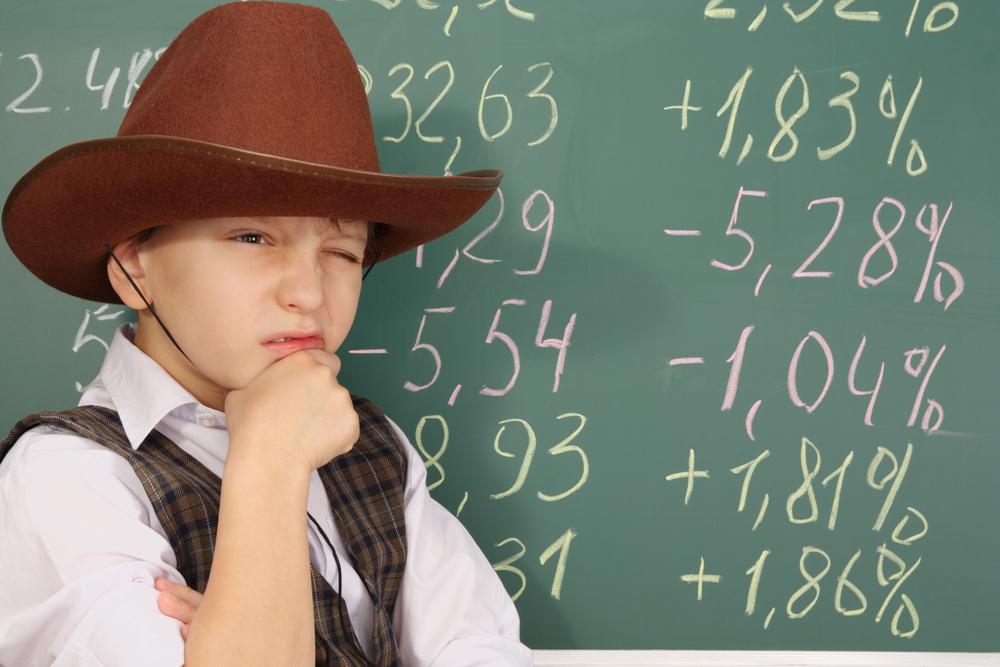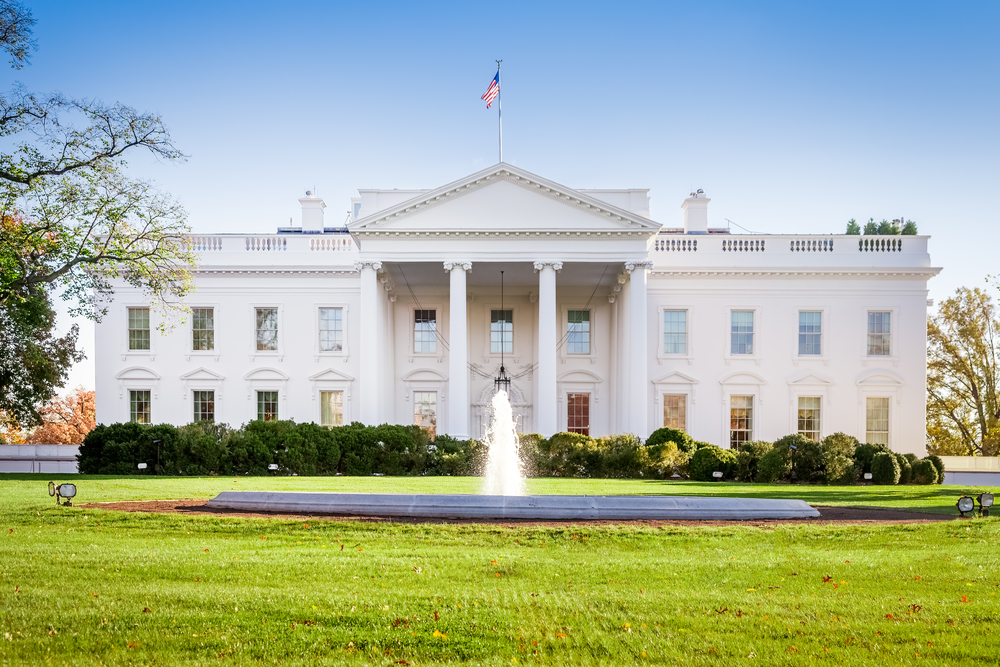America's Most Bizarre Taxes: A Deep Dive Into Unusual Taxation Throughout US History
Explore the fascinating history of unusual taxes in the United States, from taxing fruits in vending machines to hot-air balloon rides. Discover how these unconventional levies reflect changes in social, economic, and political landscapes over centuries. Learn about the origins and implications of quirky taxes that have shaped American fiscal policies. A must-read for history buffs and tax enthusiasts alike, this detailed article highlights surprising examples of taxation that reveal the complex relationship between government revenue and everyday life.

A Deep Dive Into America's Most Bizarre Taxes Throughout History
Taxation is an essential mechanism for funding government services, infrastructure development, and public welfare programs across the United States. While most taxpayers are familiar with standard taxes like income, sales, and property taxes, history reveals a fascinating collection of unconventional and often surprising levies that have been imposed on various goods and activities over the years. These eccentric taxes not only reflect changing social, economic, and political priorities but also provide a unique window into America's tax history. This article explores some of the most unusual and intriguing taxes ever levied in the United States.
Tax on Fruits Sold from Vending Machines: In California, a state known for its agricultural abundance, an unusual tax was imposed on fruits dispensed via vending machines. Although fresh fruits are generally considered a tax-exempt nutritious food, a 33% sales tax was applied to fruits sold through vending machines. This move was largely driven by efforts to regulate and generate revenue from vending machine sales, highlighting how food items can sometimes be caught in complex tax regulations.
Historical Taxation of Hats: During colonial times, hats were among the first items taxed in America. The British imposed duties on hats to offset imports, making headwear a symbol of taxation from early colonial days. These taxes not only served as revenue sources but also as tools of economic control, reflecting tensions between colonies and Britain. The history of hat taxes demonstrates how even everyday items can become targets of governmental revenue efforts.
Taxing Bagels in New York: In the bustling city of New York, bagels—an iconic breakfast staple—are subject to a unique tax distinction. Whole bagels are considered a simple food and remain tax-exempt, but once sliced, they are classified as prepared foods, which are taxed at a rate of 8.875%. This distinction highlights how preparation and presentation can influence tax liabilities and reflects the complexity of local tax codes.
Taxes on Glass Based on Color: In the past, different types of glass encountered varied taxation levels depending on their color. White or clear glass often attracted higher taxes, as governments sought to regulate materials dominant in manufacturing and trade. These taxes showcase how even the aesthetic qualities of products played a role in fiscal policies.
Balloon Rides in Kansas: Kansas, a state with a rich tradition of hot-air ballooning, places a 6.5% tax on hot-air balloon rides. Viewing these recreational activities as forms of transportation rather than leisure, taxes are levied to incorporate them into state revenue systems. This example underscores how the classification of activities influences tax expectations.
Other Strangely Taxed Items and Activities:
Calendars: An odd tax imposed on calendars based on their length, reflecting an era when government revenue was collected on surprisingly mundane items.
Belt Buckles: In Texas, belt buckles—often considered jewelry or accessories—are taxed at 6.25%, highlighting the state's emphasis on accessory taxation.
Cup Lids and Caps: Colorado taxes cup lids and caps separately, despite the cups being exempt, demonstrating the intricate nature of local commodity taxes.
Candies Without Flour: Illinois imposes taxes on candies that lack flour, because they don’t qualify for certain exemptions, showing how ingredient composition can influence tax status.
Legal Documents: Since the early Stamp Act of 1765, legal documents have been taxed through stamp duties, emphasizing the historical roots of document taxation.
Rain and Stormwater Management Fees: Introduced in 2012, these fees—often called the “rain tax”—fund environmental protection efforts by levying charges on stormwater runoff, illustrating the extension of tax policy into environmental management.
Staying informed about tax policies and their historical evolution can enrich understanding of government finance. Keep up with the latest updates by following us on social media platforms like Facebook and Twitter, where we regularly share insights on tax trends and investment opportunities.




